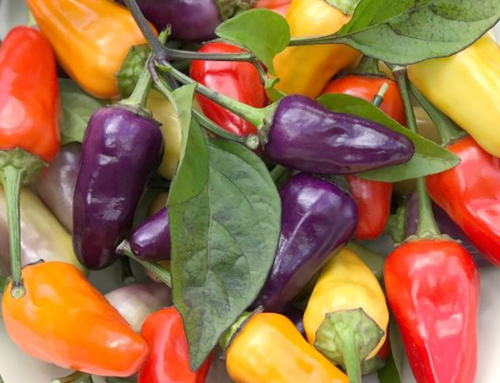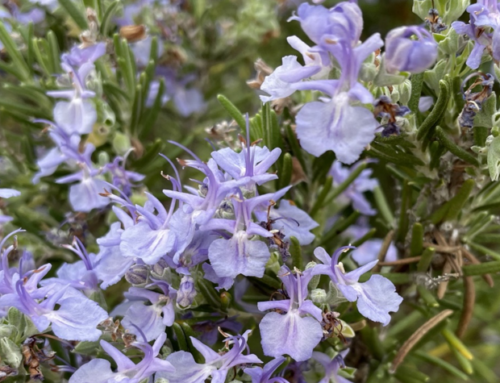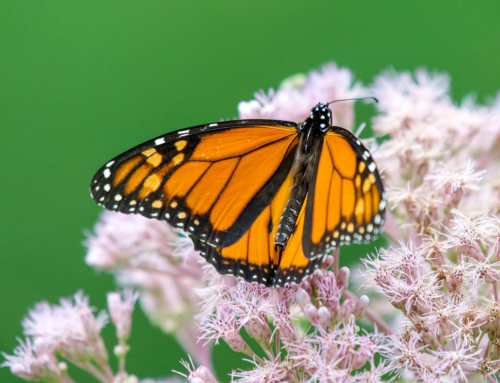Written by Hennepin County Master Gardener Meleah Maynard
If you want to kill a whole mess of weeds and/or a patch of ugly turf grass to start a new garden, there’s no better way to start than with the lasagna method. Also known as sheet mulching, the lasagna method is a back-saving strategy that kills unwanted weeds and grass by blocking out sunlight, allowing everything to die and decompose without you having to lift a shovel.
If possible, start by running your mower over the area you’d like to transform so you can cover weeds and turf more easily. If you’re creating a new bed, use your garden hose or a length of rope to create the outline of the garden. Once you’ve got a shape you like, begin covering the area with 5 to 8 sheets of newspaper. (Newsprint is fine because the dye is vegetable based, but don’t use the glossy pages.)
Overlap the edges of the paper to close up gaps that could allow in light and air. And keep a hose handy so you can wet the newspaper as you go, so it won’t blow away. Cardboard can be used instead of newspaper, but it takes a bit longer to break down, and some cardboard contains glues that may not be safe for beds where edibles are grown.
Once the paper is laid out and wet, cover it with about 4 to 6 inches of topsoil mixed with the compost of your choice. If you have other organic soil amendments like grass clippings, shredded leaves, coffee grounds or rice hulls, you can mix those in, too. Cover the whole area with about 3 to 4 inches of organic mulch. I usually use wood chips, but any organic mulch will do. Just be sure to cover the soil so weeds don’t take hold again.
Depending on how hot it is outside, it can take several months for the weeds and turf to decompose beneath the layers of newspaper, soil and compost. If you use the lasagna method in the fall, for example, your new beds will be ready to plant in the spring. For those who use this method in the spring and summer, it takes at least a month, usually two, to kill enough weeds and turf to allow you to dig straight down through the layers to put in new plants without having to struggle too much. You’ll be amazed to discover how much this process enriches and improves your soil.
Get more gardening tips at Meleah’s blog: www.everydaygardener.com.




